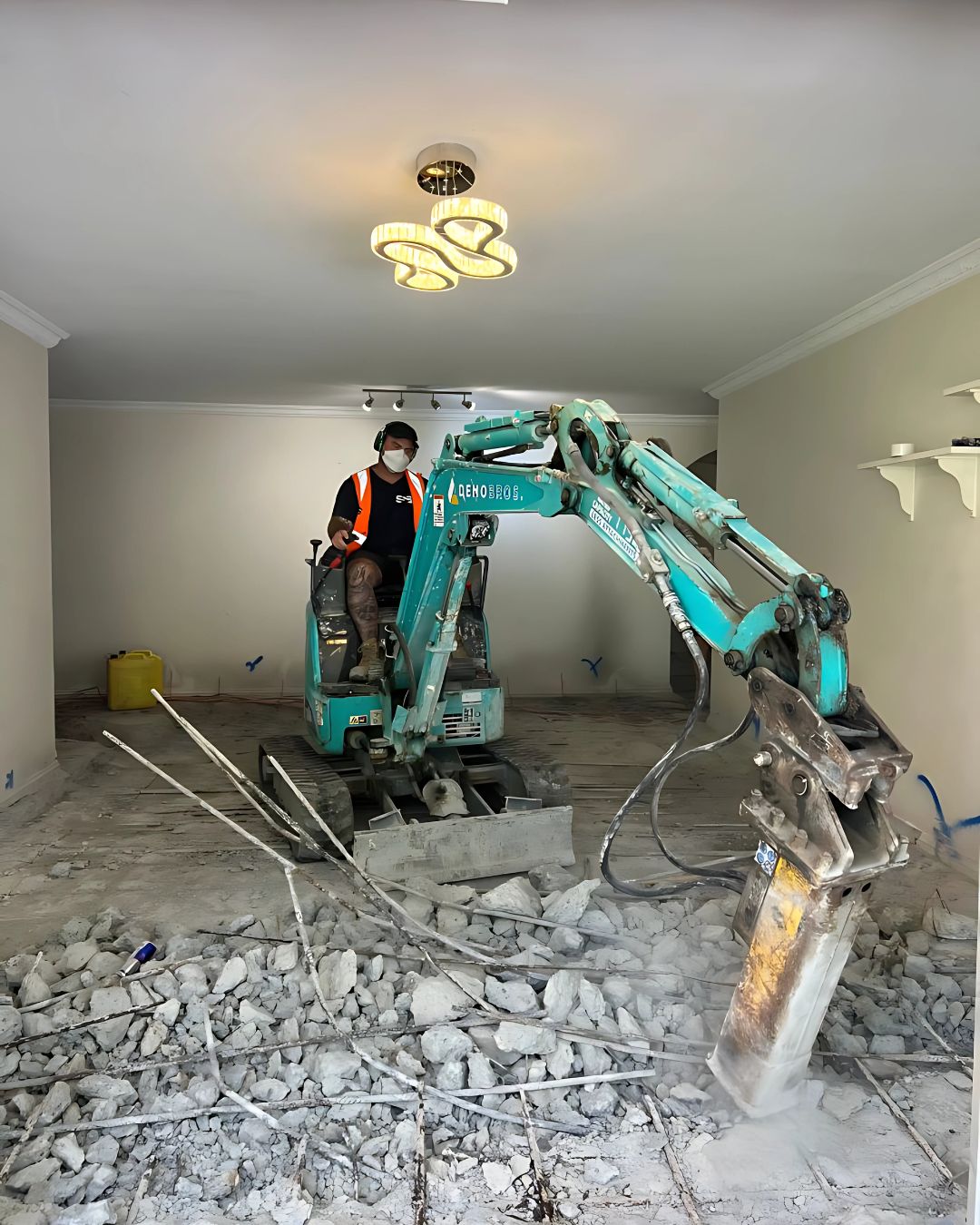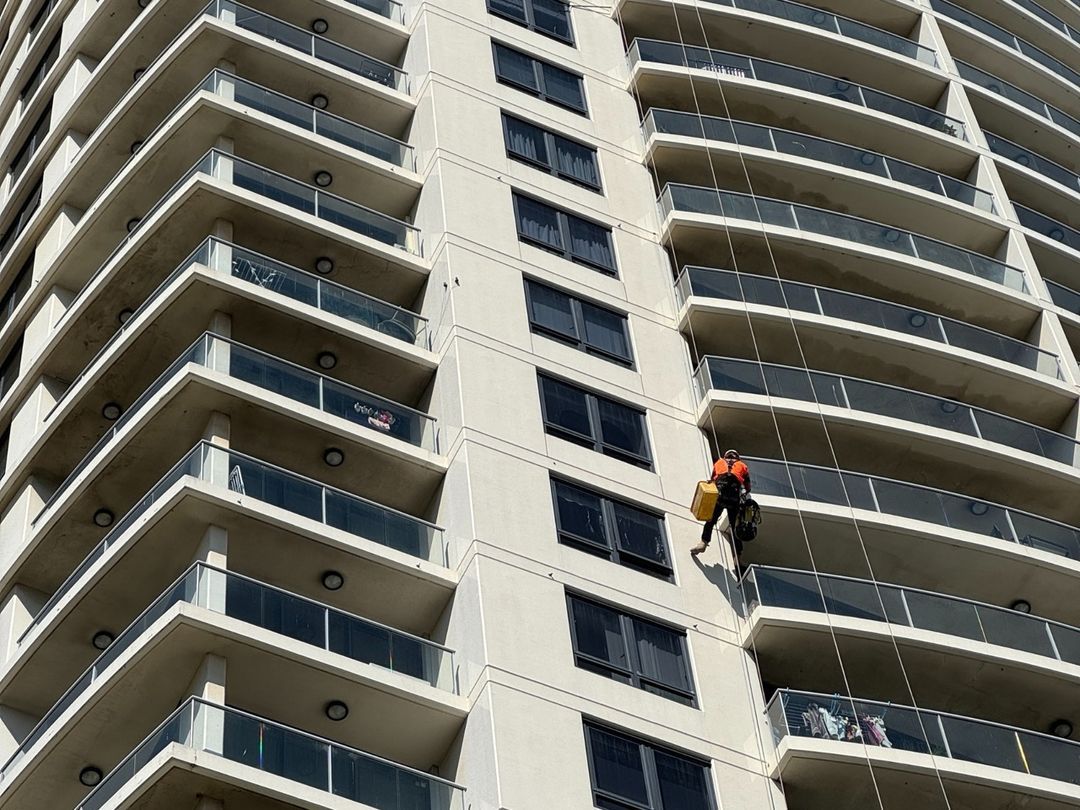Concrete and Structural Repair
Is Your Sydney Property’s Concrete or Structure Showing Signs of Stress?
What Happens when Concrete and Structures Fail?
When concrete or structures start to fail, it’s more than looks. Ignoring early warning signs puts safety, costs, and long-term value at serious risk.
Fix Concrete the Smart Way – Our Approach
We don’t just repair concrete — we solve the root cause and strengthen the whole structure for the future.
Frequently Asked Questions
What do concrete and structural repairs involve?
Works may include:
• Crack injection and epoxy filling
• Breakout and patching of spalled concrete
• Steel reinforcement replacement and coating
• Structural tie or carbon fibre strengthening
These are often integrated with Waterproofing Remediation and Façade Remediation for full building solutions.
How long do concrete repairs take?
Timelines vary by scale:
• Small crack injections: 1–2 weeks
• Medium car parks/basements: 1–3 months
• Large high-rise structures: 6–12 months+
We stage works around residents and operations, starting with a Building Investigation to confirm scope.
How much do concrete and structural repairs cost in Sydney?
Costs vary with severity and access:
• Small targeted repairs: $20k–$80k
• Medium structural zones: $200k–$600k
• Large complex projects: $1m–$5m+
All scopes are transparent and align with Defect Rectification standards.
What is the impact on residents or tenants?
Repairs involve noise, dust, and access restrictions, but we manage this with:
• Dust suppression and protective sheeting
• Clear staging and notifications
• Daily updates for managers and committees
See examples in our Projects.
What warranties are provided?
We provide:
• Workmanship warranties
• Manufacturer warranties on repair products
• Compliance with NCC and DBP Act
This warranty framework applies across our Defect Rectification services.
What causes concrete cancer or spalling?
Common causes include:
• Water ingress and failed waterproofing
• Coastal salt exposure
• Ageing construction methods
• Poor detailing and drainage
These issues are often tied to Waterproofing Remediation and Façade Remediation.
Do you work on heritage structures as well as modern ones?
Yes — we repair Heritage Buildings using sensitive methods, and apply engineered systems to modern structures.
Who should I contact for structural and concrete repairs in Sydney?
Contact Us, Atomic Projects — Sydney’s structural repair specialists.
📞 0410 515 509 | ✉️ hello@atomicprojects.com.au
Or explore related services: Façade Remediation, Balcony Remediation, Roof Repairs.

.png)




.jpg)




.png)


